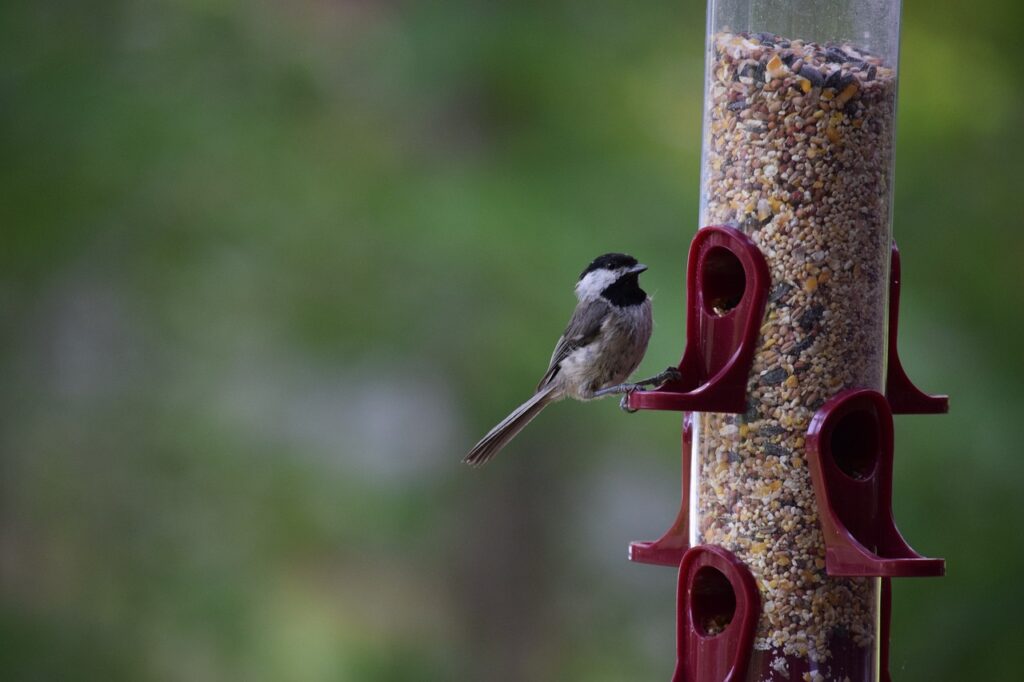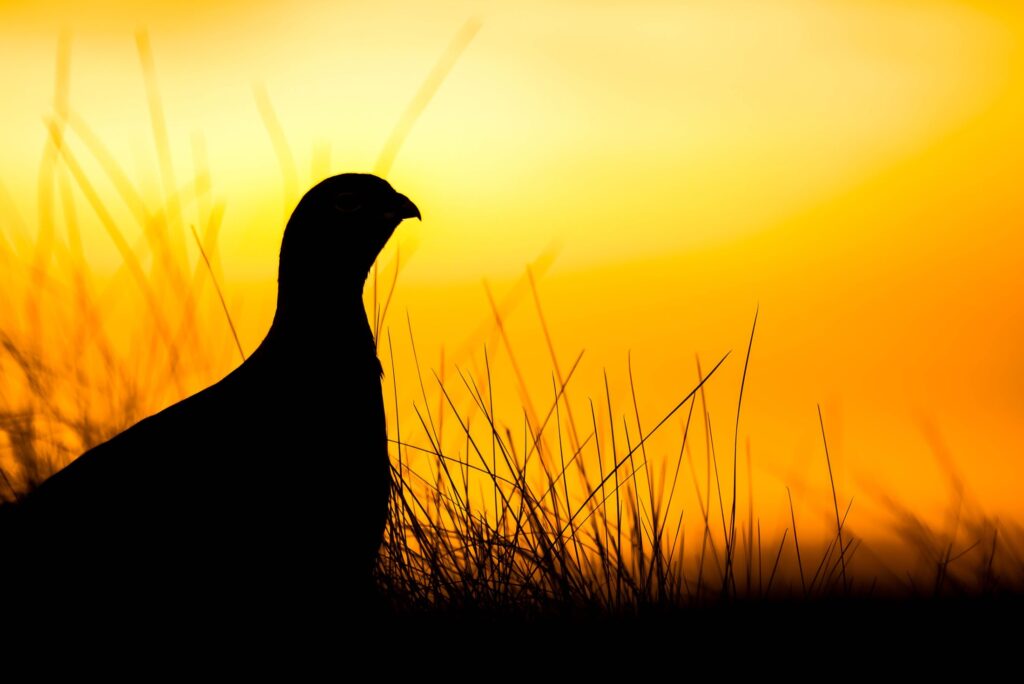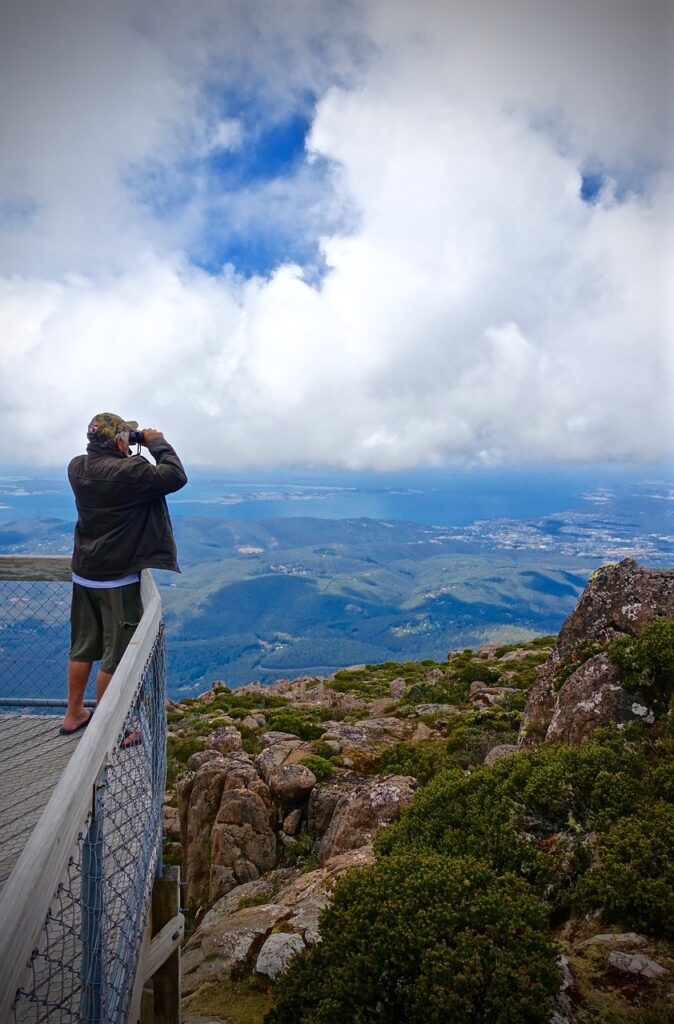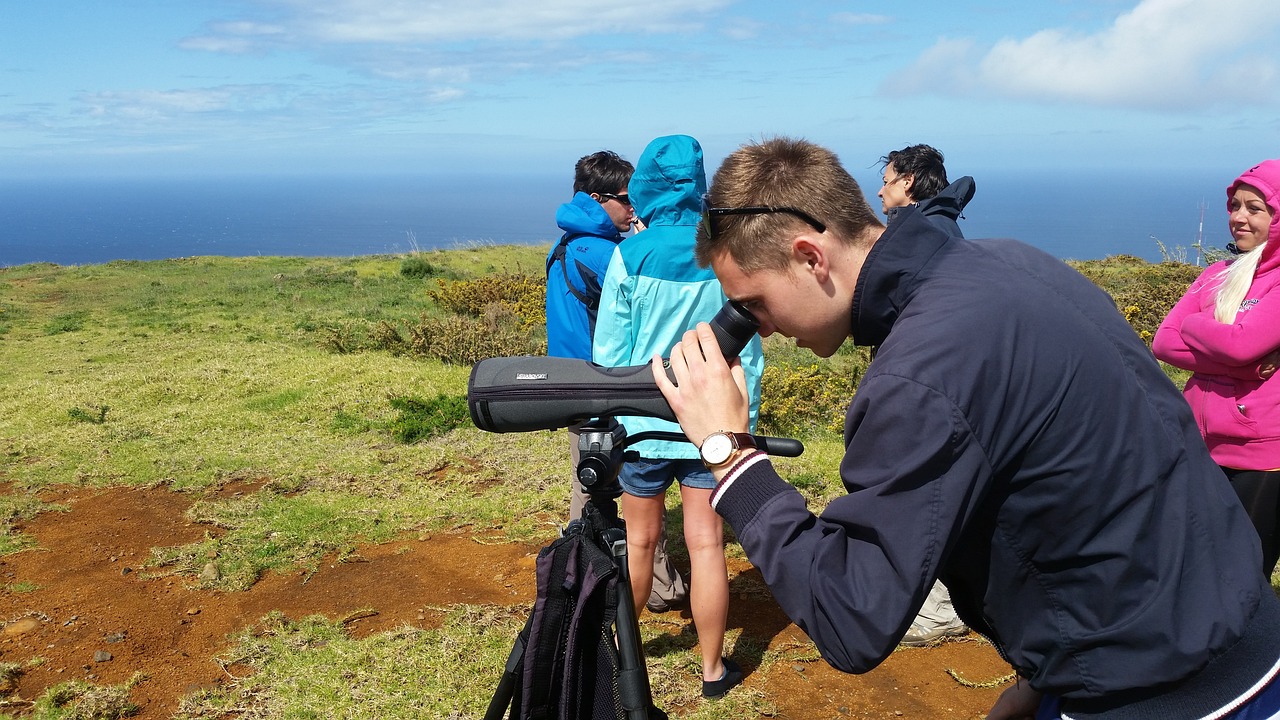It’s that time of year again, can you believe it? The Great Backyard Bird Count (GBBC), organized by the Cornell Lab of Ornithology and the National Audubon Society, will be held February 14-17, 2025. Want to count more birds, or more types of birds, this year? Here are some pro birding tips to get you started.
Want more info on the GBBC? Check out our post “Get Ready for the Backyard Bird Count!”
GBBC Tip #1: Plan Ahead

As they say, “If you fail to plan, you plan to fail.” And this is true, even for something as fun and stress-reducing as birdwatching. Sure, you can participate in the GBBC from your own backyard without much planning. But if you want to venture out further, there are steps you can take to maximize your chances of finding birds. First, research the birding hotspots in your area or near you. Use a field guide or download the eBird app to find out which birds have been spotted by other birders in that area. And remember: you can birdwatch anywhere—at your local park, while doing errands, relaxing in your backyard—so never miss an opportunity to scan your surroundings.
GBBC Tip #2: Put Out More Feeders

Simple as it sounds, the best way to bring more birds to you is to put out more bird food. And not just any bird food—a high-quality seed mix with morsels your local birds love, like black-oil sunflower seeds. But what about the non-seed eaters? The more feeders you put out in your outdoor space—be it a garden, yard, or small patio or balcony—the more birds you’ll attract. And if you put a variety of bird food out (fruit, mealworms, nuts, suet, etc.), you can expect to see a wider variety of birds.
Not sure what your local birds like to eat? Read the Chirp guide “Eating Like a Bird: What They Crave and Other Fun Feeding Facts.”
GBBC Tip #3: Start Early in the Morning

Birds are notoriously early risers and are most active around sunrise. So, it makes sense that the best time to see them is at first light. Don’t know where the birds are? Just follow the dawn chorus. To see more kinds of birds, find a spot that’s between two habitats, like a forest and a lake. Ensure that you’re more observer and less interloper by not wearing bright clothing, moving slowly, and avoiding sudden movements. Find a spot to sit and stay there, quietly, as you watch the birds around you start their day.
GBBC Tip #4: Scan Open Spaces

It’s easy to miss birds around you because they are often hidden in plain sight. When you’re in an open space in nature, take a moment to really scan your surroundings. Start from top to bottom—the sky to the ground, and slowly take in the area with your eyes and ears. Ask yourself, “Where would I find birds in this area? In the tops of the pine trees? Flying in flocks through the sky? Perched on a bush? Eating from the ground?” With that in mind, scan the area in an “S” pattern, left to right, top to bottom, slowly. Do this several times, and you may be surprised at what you missed before.
GBBC Tip #5: Stay Quiet and Patient

Birding is a marathon, not a sprint. It requires patience and a love of nature in all its unexpected (and often slow) ways. It’s also less about talking, and more about listening. In fact, the less you talk, the better. If you need to speak, try whispering so as not to startle the birds around you. Keep an ear out for bird calls and vocalizations (and use the Merlin app to help identify those birds by sound). And remember: patience is a virtue. Some birds are shyer than others, and they’re not on the same schedule as us humans. So be present, breathe, feel the air, and listen to the sounds around you. The more you quietly focus on experiencing the joy of birding, the more likely the birds are to reward you with their presence.
GBBC Tip #6: Try “Pishing”
Birders often swear by a technique called “pishing” to bring the birds out. Pishing means to make a “pish” sound through your teeth. Thought to mimic a bird’s scolding call to other birds, this birding tip can coax birds out of hiding and into investigate mode. But it can be a mixed bag: according to expert birders, sometimes it works (and well!) and sometimes it doesn’t. But either way, it’s best to check with your fellow birders before you “pish” in a group, as birding etiquette might not allow for it. And while pishing and other mimic calls are acceptable in most birding circles, playing actual recordings of birds is prohibited in certain areas, and considered unethical or irresponsible in others.
Get Your GBBC Gear Here!

Shop all things birding at the Chirp store. Need a new feeder, or a premium seed mix sure to attract all backyard birds of Big Bear? Want a new field guide, to help you identify the birds you see? Looking for better birding optics? You’ll find it all at the Chirp store, right in the heart of Big Bear Lake. Visit us in person, or sign up online for a seed subscription to have bird seed delivered right to your door.


